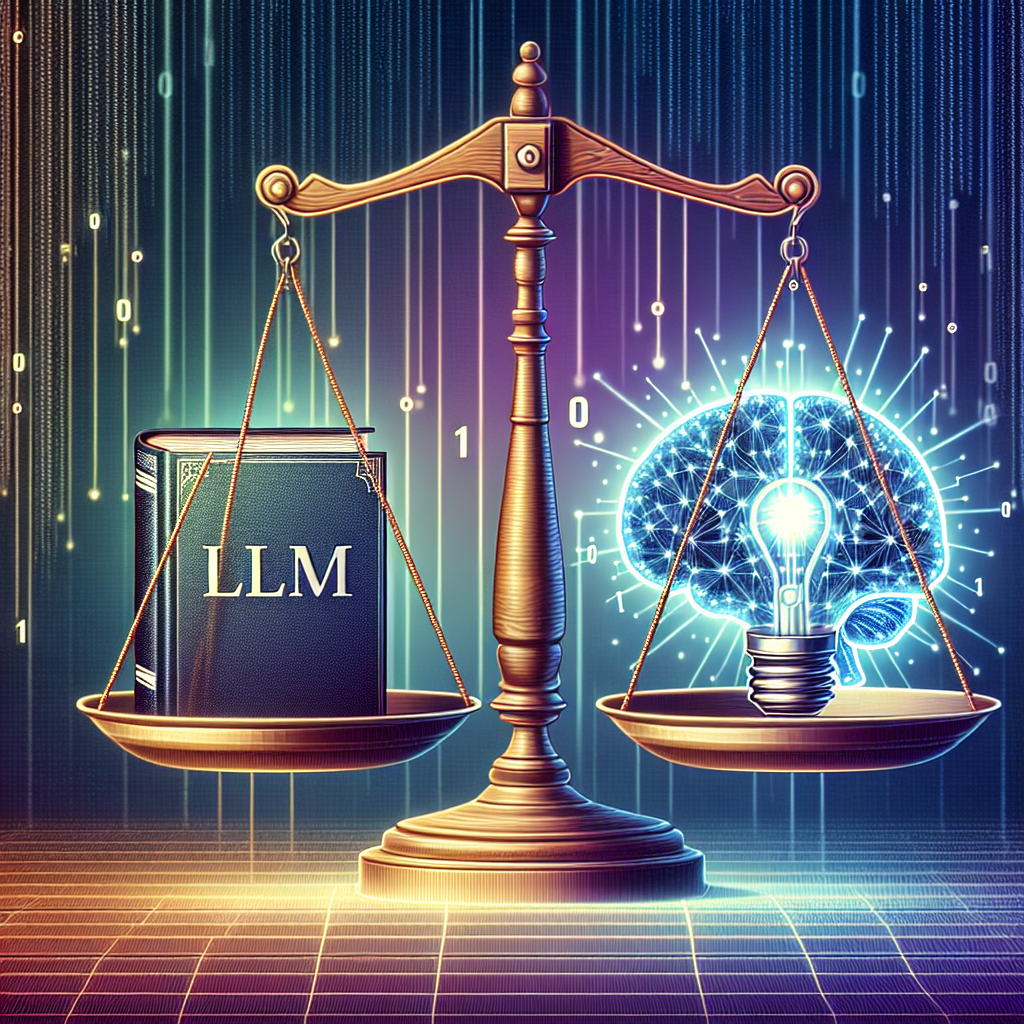Unraveling LLM vs Generative AI: A Comprehensive Tech Guide

Introduction
In the rapidly evolving world of artificial intelligence (AI), unique approaches to problem-solving have gained significant prominence. Two such techniques that have taken the AI field by storm are Latent Learning Models (LLMs) and Generative AI. These techniques have found diverse applications ranging from image recognition to natural language processing. This article will delve into understanding the key differences, strengths, and weaknesses of LLM vs Generative AI.
What are Latent Learning Models?
Latent Learning Models, often referred to as LLMs, are a category of machine learning models that learn the hidden structure of data. They function by identifying and understanding the underlying patterns and relationships within input data.
## Example of a Latent Learning Model - Latent Dirichlet Allocation (LDA)
from sklearn.decomposition import LatentDirichletAllocation
lda = LatentDirichletAllocation(n_components=10, random_state=0)
lda.fit(data)
This Python code snippet demonstrates the use of a Latent Dirichlet Allocation (LDA), a type of LLM used for topic modeling in text data. The model identifies hidden topics in the data and classifies new data based on these topics.
Strengths and Weaknesses of LLMs
LLMs are known for their ability to detect complex patterns in large datasets. They can uncover hidden relationships and structures, making them invaluable for tasks such as anomaly detection and dimensionality reduction. However, LLMs can be computationally intensive and may struggle with data that lacks a clear underlying structure.
What is Generative AI?
Generative AI, on the other hand, is a branch of artificial intelligence technology that uses generative algorithms to create new data instances that resemble your training data.
## Example of a Generative Model - Generative Adversarial Network (GAN)
from keras.models import Sequential
from keras.layers import Dense
## Generator
model = Sequential()
model.add(Dense(256, input_dim=100, activation='relu'))
model.add(Dense(512, activation='relu'))
model.add(Dense(1024, activation='relu'))
model.add(Dense(784, activation='sigmoid')) # Output layer
This example shows a simple Generative Adversarial Network (GAN) using Keras, a popular deep learning library in Python. The generator network takes a random noise vector as input and generates a new image.
Strengths and Weaknesses of Generative AI
Generative AI excels in creating new, realistic samples from existing data. This makes it particularly useful for tasks like image generation, text to speech conversion, and even music composition. However, training generative models can be challenging due to their complexity, and they can sometimes produce unrealistic results if the training data is not diverse enough.
LLM vs Generative AI: A Comparison
When examining LLM vs Generative AI, it’s important to note that they are designed to accomplish different objectives. While LLMs are primarily used to identify hidden structures within data, Generative AI is used to create new data based on the patterns it learns from existing data.
In terms of performance, LLMs can be more efficient with large datasets and are better suited to tasks like anomaly detection or latent structure identification. On the contrary, Generative AI models like GANs are better suited for tasks that require the generation of new, realistic data.
Conclusion
In conclusion, both LLM and Generative AI have their unique strengths and weaknesses and are used for different purposes in the realm of AI. The choice between LLM and Generative AI should be dictated by the specific requirements of your project. Whether you’re trying to uncover hidden patterns in your data with LLM or trying to generate new, realistic samples with Generative AI, both these techniques are powerful tools in the AI toolbox.